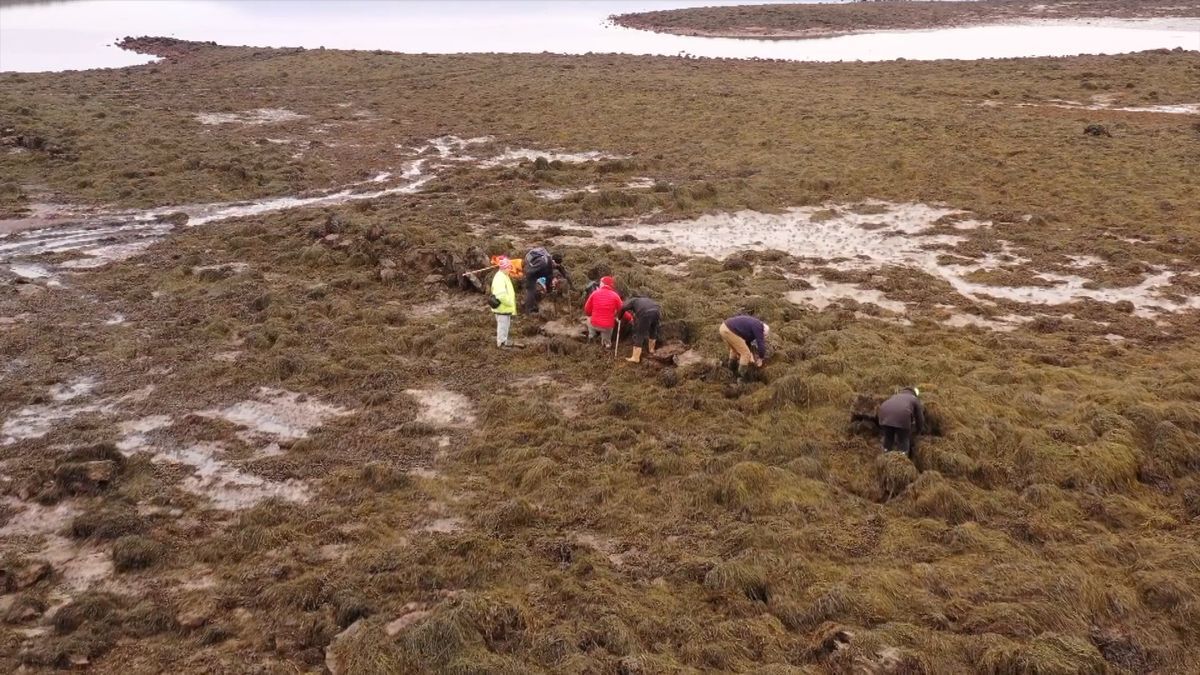Low tides on Ireland’s western coast have revealed the remains of defensive walls that are likely Bronze Age ramparts.
Archaeologist Michael Gibbons discovered the ramparts, which are made of large limestone blocks, on a partially submerged isthmus, a narrow strip of land between two parts of the sea. But he’s only recently obtained photographs of the site, which has enabled him to publicize the ramparts for the first time.
The isthmus, located in County Mayo’s Clew Bay between Collanmore Island and the mainland near the village of Roscahill, is usually flooded by seawater, Gibbons told Live Science. However, a road across it can be used at very low tides.
You must log in or register to comment.


